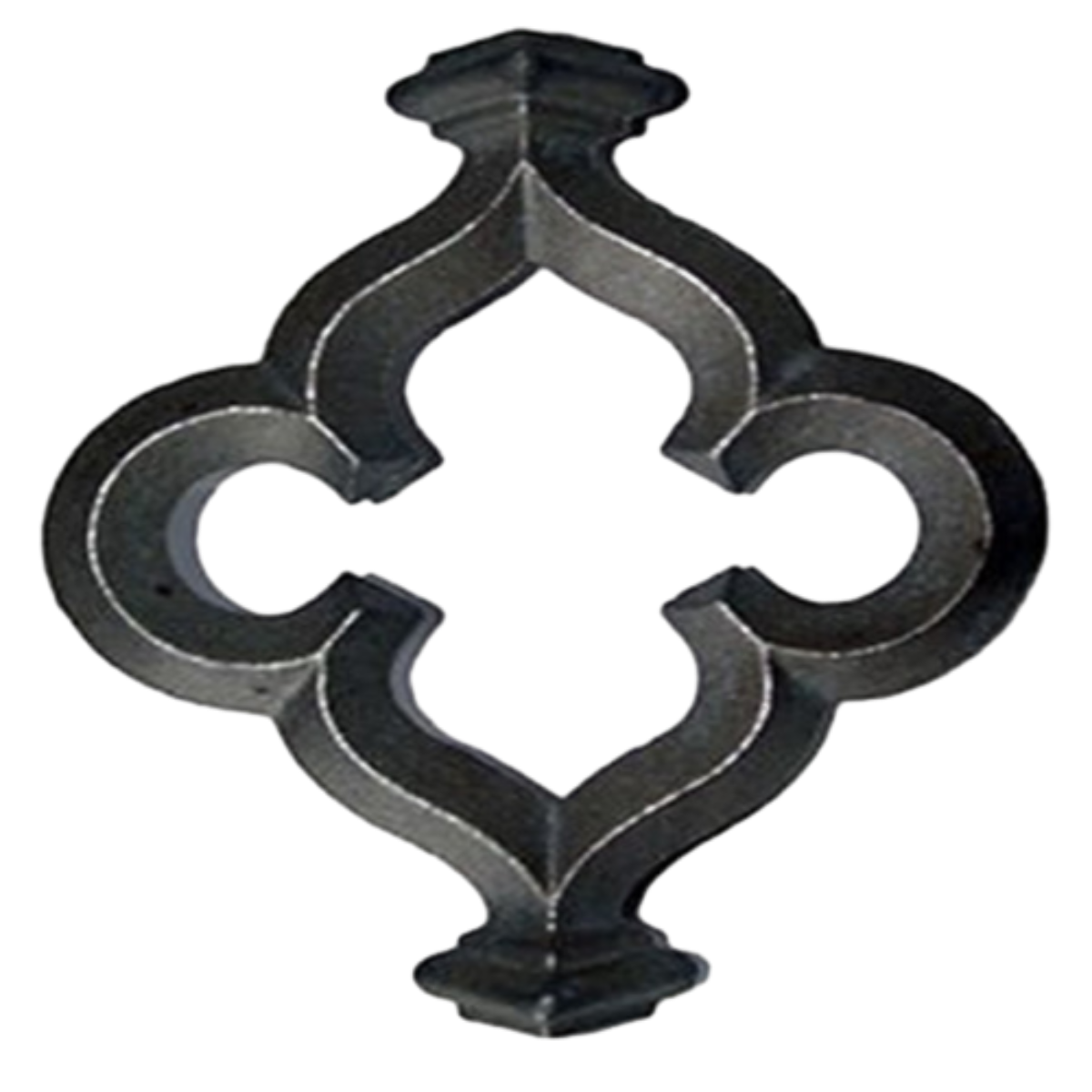Exploring the Versatility and Applications of Cast Iron Balls in Industry and Art
The Fascinating World of Cast Iron Balls
Cast iron balls are a unique and versatile component that has seen applications across various fields, from industrial machinery to historical reenactments. Known for their durability and weight, cast iron balls have a rich history and a multitude of uses that continue to evolve over time.
What are Cast Iron Balls?
Cast iron is an alloy of iron that contains a significant amount of carbon, typically between 2% and 4%. This high carbon content gives cast iron its characteristic brittleness, but also enhances its casting properties, allowing it to be molded into intricate shapes. Cast iron balls are produced through the casting process, where molten iron is poured into a mold and allowed to solidify. The result is a product that is not only strong and dense but also resistant to wear and corrosion.
Historical Significance
Historically, cast iron balls were primarily used as ammunition for cannons and artillery during the early modern period. Known as cannonballs, these spherical projectiles were often made in varying sizes and weights, tailored to the specific design of the cannon. The introduction of cast iron for this purpose allowed for the production of heavier and more powerful projectiles compared to their stone predecessors. This technological advancement had significant implications for warfare, allowing armies to penetrate fortifications and inflict greater damage on enemy forces.
In addition to their military applications, cast iron balls also played a role in various industries before the advent of modern technology. For example, they were used in the early days of mills for grinding grains, as the dense weight of the balls facilitated the grinding process. Their use in both military and industrial contexts illustrates the versatility and importance of cast iron balls throughout history.
Modern Applications
cast iron balls

In contemporary times, cast iron balls continue to find diverse applications. One of the notable uses is in the field of mining and mineral processing. Cast iron balls are utilized in ball mills, where they are used to crush and grind ore into fine particles. The heavy, dense nature of these balls allows for efficient grinding and is crucial for extracting valuable minerals from raw materials.
Additionally, cast iron balls have become popular in landscaping and decor. Their weight and durability make them an attractive option for outdoor decorations, such as garden features or as bases for sculptures. Furthermore, their rustic appearance adds a charming aesthetic that appeals to many homeowners and designers.
Art and Culture
Cast iron balls also appear in various cultural and artistic expressions. They can be found in installations and sculptures, thanks to their symbolic representations of strength and resilience. Artists often employ cast iron balls in their works to convey themes of history, war, and the passage of time. The juxtaposition of this industrial material with organic forms underscores the ongoing dialogue between nature and human innovation.
Safety Considerations
While cast iron balls are valued for their strength, they are also heavy and can be hazardous if not handled properly. In operational settings, such as mining or manufacturing, safety protocols are essential to prevent accidents. Training personnel on the safe handling and operation of equipment involving cast iron balls can mitigate risks and ensure a secure working environment.
Conclusion
In summary, cast iron balls are more than just simple objects; they embody a rich history and a multitude of uses that highlight human ingenuity and adaptation. From their origins as cannon ammunition to their role in modern industry and art, these durable spheres have stood the test of time. Whether in a historical context or a contemporary setting, cast iron balls continue to captivate our imagination and serve essential functions across various fields. As we look to the future, it is likely that these robust and versatile pieces will find even more innovative applications, continuing their legacy as an indispensable material in our world.
-
Wrought Iron Components: Timeless Elegance and Structural StrengthNewsJul.28,2025
-
Window Hardware Essentials: Rollers, Handles, and Locking SolutionsNewsJul.28,2025
-
Small Agricultural Processing Machines: Corn Threshers, Cassava Chippers, Grain Peelers & Chaff CuttersNewsJul.28,2025
-
Sliding Rollers: Smooth, Silent, and Built to LastNewsJul.28,2025
-
Cast Iron Stoves: Timeless Heating with Modern EfficiencyNewsJul.28,2025
-
Cast Iron Pipe and Fitting: Durable, Fire-Resistant Solutions for Plumbing and DrainageNewsJul.28,2025
-
 Wrought Iron Components: Timeless Elegance and Structural StrengthJul-28-2025Wrought Iron Components: Timeless Elegance and Structural Strength
Wrought Iron Components: Timeless Elegance and Structural StrengthJul-28-2025Wrought Iron Components: Timeless Elegance and Structural Strength -
 Window Hardware Essentials: Rollers, Handles, and Locking SolutionsJul-28-2025Window Hardware Essentials: Rollers, Handles, and Locking Solutions
Window Hardware Essentials: Rollers, Handles, and Locking SolutionsJul-28-2025Window Hardware Essentials: Rollers, Handles, and Locking Solutions -
 Small Agricultural Processing Machines: Corn Threshers, Cassava Chippers, Grain Peelers & Chaff CuttersJul-28-2025Small Agricultural Processing Machines: Corn Threshers, Cassava Chippers, Grain Peelers & Chaff Cutters
Small Agricultural Processing Machines: Corn Threshers, Cassava Chippers, Grain Peelers & Chaff CuttersJul-28-2025Small Agricultural Processing Machines: Corn Threshers, Cassava Chippers, Grain Peelers & Chaff Cutters












